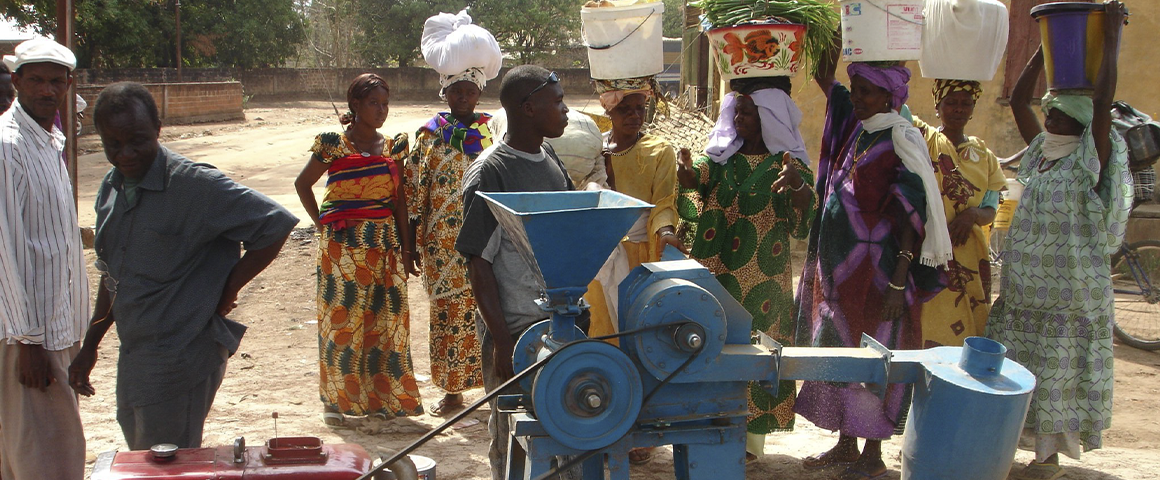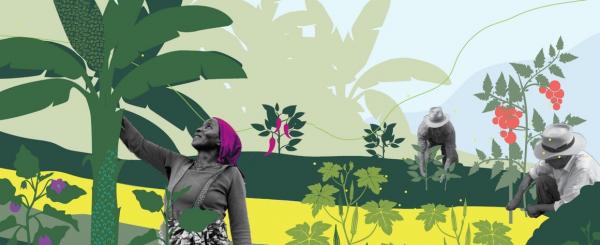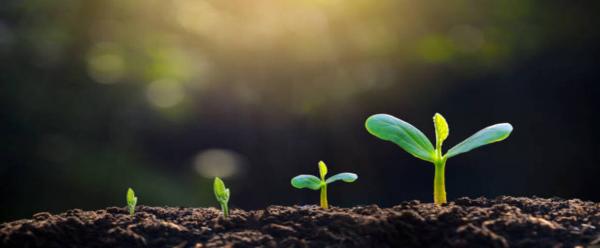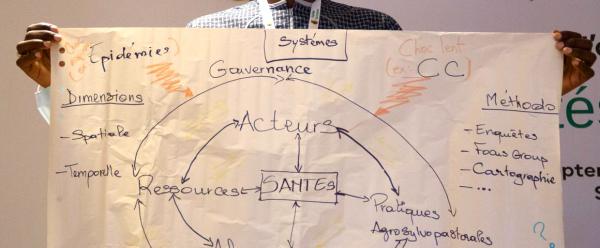Just out 7 January 2026
- Home
- CIRAD news
- News
- How agricultural research for development can foster Good Living
“Ever more” or “ever better”? | How agricultural research for development can foster Good Living

The fonio huller has improved the livelihoods of people in Guinea, Mali and Burkina Faso © J-F. Cruz, CIRAD
The Buon Vivere (BV) concept focuses on people and relationships as a prerequisite for the common good and sustainability. It runs counter to previous development models centring on increased production rather than increased wellbeing. The common requirements of BV include health, education, solidarity, sustainability, equity, common good, and relationships, and it hinges on the production of relational goods (the benefits generated by the relationships between members of a society in terms of living conditions and wellbeing).
Those goods depend on factors such as nutritional and health levels, environmental sustainability, etc, which can be directly influenced by development policies and projects. Applied agricultural research for development (AR4D) can help to improve farming and food systems, for instance, hence creating the conditions for the production of relational goods and ultimately better living conditions and wellbeing. Measuring and quantifying good living conditions is crucial to the design and implementation of policies for sustainable development. Likewise, impact analysis of research and development projects allows better assessments of those projects and ultimately more effective, sustainable and equitable development. In their essay, Stefano Farolfi and Sylvain Perret relate how CIRAD researchers used the ImpresS methodology to assess the impact of three CIRAD projects, described below, which illustrate how AR4D can have both a direct and indirect impact on BV.
Boosting producers’ and processors’ incomes and creating jobs
At the request of a group of female managers of small-scale cereal processing businesses in Mali and Burkina Faso, CIRAD researchers designed a bespoke machine to hull fonio, a crop that has many advantages but that had been largely abandoned due to the difficulty of processing it. The first prototype was produced and tested in Montpellier, with subsequent versions being manufactured and tested in Mali, Burkina Faso and Guinea. Processors were trained to use the machine, which has since been rolled out across the region. From just a few tonnes in 2002, the region now produces hundreds of tonnes of fonio, boosting producers’ and processors’ incomes and creating jobs, while manufacturers have gained in terms of autonomy and capacity to innovate.
A mosquito control technique that will benefit the entire world
Tsetse flies transmit sleeping sickness, a potentially fatal disease in both humans and livestock. For over 40 years, researchers have been working to eradicate the fly, notably by means of the sterile insect technique. CIRAD researchers have worked with partners from the IAEA and ISRA in Senegal on the Niayes project, which uses an irradiation technique, followed by automatic aerial releases of sterile insects. The success of the project has allowed farmers to abandon disease-tolerant but less productive cattle breeds in favour of more productive breeds and thus reduce herd sizes and pressure on land in the region. The technique has already been rolled out in countries such as Ethiopia, and has also been used to draft a new mosquito control strategy that should benefit the entire world.
Integrated water management, to resolve conflict and empower users
Limited water resources often trigger conflicts of use. CIRAD worked from 2006 to 2014 with various partners in Java, Indonesia, to prevent or resolve conflicts between smallholders and water companies. The project triggered four innovations that are now part of an integrated water resource management strategy. An association has been set up to manage the local irrigation scheme, empowering its users, while improved crop varieties have been introduced to boost production and profits while reducing water requirements.
It’s not what you do, it’s the way that you do it
The key factor in these three projects was that they involved key stakeholders from the outset. Working in partnership is one of CIRAD’s core values, since it builds knowledge and capacity and empowers local people. Researchers are no longer required to produce just outputs (publications, etc), but outcomes (adapted varieties, on-farm trials, partnerships, etc), and there is now greater recognition of the need for time and relationship building to achieve impact. It is these developments that will help countries worldwide to produce better rather than merely producing more, hence fostering Good Living in even the least developed settings.
* The Buon Vivere (Good Living) concept is a set of good practices and fundamental principles that inspire communities to build new foundations based on the values of equality, sustainability, responsible innovation, an ethical economy, and knowledge. These are seen as the fundamental elements of a society capable of putting people and the relationships between genders, generations, and cultures at its centre. The relationship economy is a social system in which the behaviours, choices, decisions, and benefits of economic agents are highly dependent on the quality and number of their relationships.
Follow the presentation here (in French)



























